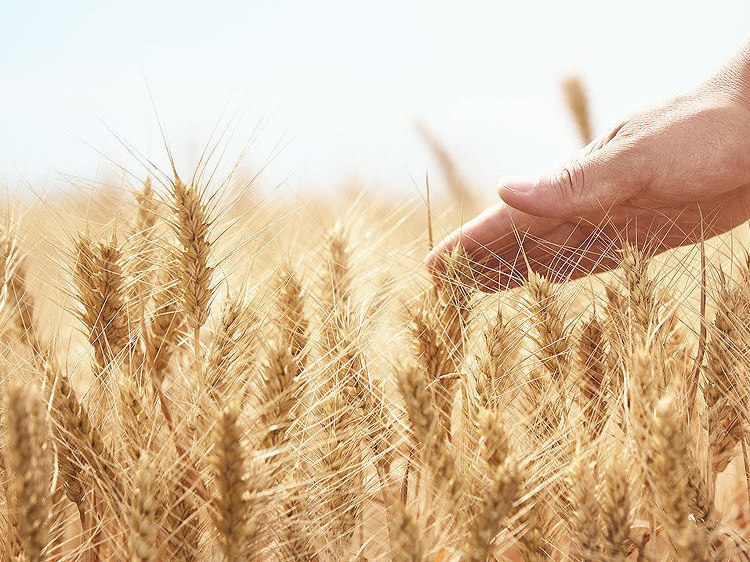SA’s wheat harvest reaches 19-year high – but here’s why bread won’t get cheaper

Despite a tumultuous year for most industries, South Africa’s agricultural sector is enjoying bumper crops. The country’s 2020/21 winter barley and canola harvests are expected to be the largest on record, while wheat production is predicted to reach a 19-year high.
This is the latest outlook provided by the Crop Estimates Committee, which notes that wheat harvested during the winter period will increase to 2.15 million tonnes.
Sihlobo explains that record production rates are the direct result of favourable weather conditions in the Western Cape. “The area plantings didn’t actually play a major role this year [and] in fact, South Africa’s 2020 wheat plantings are 509 800 hectares, down from 540 000 hectares,” says Wandile Sihlobo, chief economist of the Agricultural Business Chamber of South Africa (Agbiz). “This goes to show that the expected large harvest is boosted by higher yields on the back of favourable rains, not an increase in area plantings.”
Healthy soil moisture and adequate dam levels to feed farms in the Northern Cape, Limpopo and Free State have also been regarded as positive determining factors.
Still, South Africa is a net importer of wheat and, despite reaching a 19-year harvest high, will need to rely on approximately 1.5 million tonnes shipped in from the Black Sea region, Eastern Europe, and North America.
“South Africa generally doesn’t produce sufficient wheat to meet its local consumption and this has been the case since the 1980s,” explains Sihlobo.
“The increase in the 2020 season is appreciated, still, it doesn’t change the fact that South Africa will remain a net importer… it just means the imported volume will be slightly less than the previous season.”
The bigger local harvest also won’t make local bread cheaper, Sihlobo expects. “Wheat prices largely depend on developments in the global market, along with domestic currency movements.”
Local wheat prices are determined by international prices, which are expressed in dollar.
South Africa’s wheat import parity price, which includes the cost of delivery to the country’s primary harbours, is 16.8% higher than it was last year.
International wheat prices have been pushed higher by China’s insatiable demand for imported grain, which is expected to reach record levels in 2021. Poor harvests in other parts of the world, particularly Eastern Europe, could also bolster prices, as available supplies shrink.
While the rand has been strengthening in recent weeks, which has helped to keep the grain price in check, it is not clear that this will continue amid continued credit downgrades and fiscal concerns.
While Statistics SA note that the rising cost of bread and grains are in line with the basic inflation rate of 3.3%, other household surveys, like ones conducted by the Pietermaritzburg Economic Justice and Dignity Group (PEJDG), claims that bread prices have jumped by more than 14% in the last three months.
Read also
Black Sea Grains and Oilseeds: Export Flows and the Future Potential. Outlook for ...
Turkmenistan reports record wheat harvest, but international estimates are much lower
Ukraine expects record soybean harvest – USDA forecast
Brazil’s soybean acreage expected to rise
Poland does not rule out reinstating unilateral ban on imports of Ukrainian agricu...
Write to us
Our manager will contact you soon



